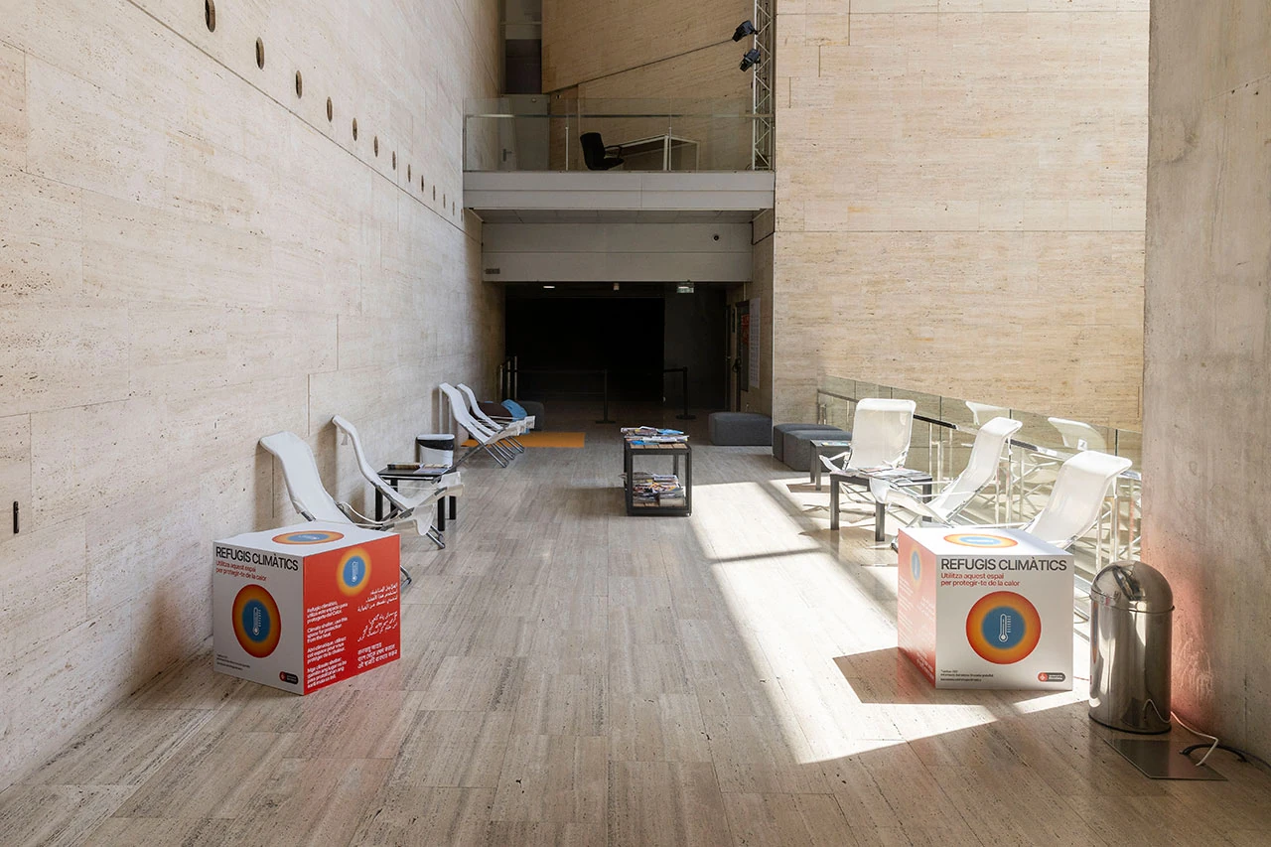The train platform 9¾ to Hogwarts is invisible to ordinary people. Between platforms 9 and 10, all you see is a solid wall. But if you believe the platform is there and summon your courage, the story changes. Like magic, you can pass through the solid wall and arrive at the train platform. The journey to carbon neutrality by 2050 won’t be smooth either. If you’re about to embark on the Zero Tour toward carbon neutrality, make sure to find the green rail platform carefully. You can go by car, but just like Harry and his close friend Ron, who had all sorts of trouble crashing into a nasty tree, it’s quite an adventure!
Why trains are advantageous for carbon neutrality
Trains are among the transportation modes that emit the least amount of carbon. According to data from the UK in 2018, the greenhouse gas emissions per passenger-kilometer for trains are only 40% of those from buses, 20% of those from mid-sized gasoline cars, and 16% of those from domestic flights. The International Energy Agency (IEA) also reports that trains are about ten times more energy-efficient than cars and airplanes.

Railways account for 8% of energy use in passenger transport and 7% in freight transport, yet they represent only 2% of the energy demand in the transport sector. If cars, trucks, and airplanes were to replace railways, an additional 1.2 billion tons of CO2 equivalent (tCO2e) of greenhouse gases would be emitted annually. High-speed rail is especially effective in achieving carbon neutrality as it replaces carbon-intensive short-haul flights. For the same journey, high-speed rail reduces airplane use by nearly 80%.
The higher rate of electrification in railways compared to other modes of transportation is another advantage for achieving carbon neutrality. Globally, three-quarters of passenger rail and half of freight rail are electrified. As the share of renewable energy in the energy mix increases, railways are best positioned to leverage this shift as an opportunity to achieve carbon neutrality.
On the journey toward carbon neutrality, railways outperform planes, cars, buses, and electric vehicles every time. Of course, if you look closely, there are differences depending on whether the train’s power comes from electricity or diesel, and even among electric trains, it matters whether that electricity is generated from coal or renewable energy. That’s why the potential of green railways is still vast and full of promise.
Platform 9¾ is different from the rails
The green railway bound for carbon neutrality can’t run on ordinary tracks! There are over a million kilometers of railway tracks worldwide, so what if we installed solar panels on these tracks to generate electricity wherever the trains go? Germany is the place that turned this dream-like idea into action.

The railway tracks near the Ore Mountains in eastern Germany stretch 200 km and function as a solar power plant. Solar panels, the same size as the sleepers, are installed on top of the sleepers along the tracks. Deutsche Bahn, Germany’s state-owned railway company, is testing this solar track project in collaboration with the UK energy company Bankset as part of its corporate goal to achieve carbon neutrality by 2040. These solar panels produce 0.1 MW of electricity per kilometer, currently generating 20 MW in total. According to project analysts, if this system is expanded to cover the entire 20,000 km of Germany’s railway network suitable for solar installation, the power generated by the solar panels on the tracks would be equivalent to that of two nuclear power plants.
The biggest advantage of solar panels on railway tracks is that they don’t require separate land for installation. Germany has about 60,000 km of railway tracks spread across the country. The branch lines connecting various regions, where trains pass only once or twice a day, are essentially “unused land.” Utilizing these tracks for renewable energy production is extremely efficient in terms of land use. South Korea, with its limited land and dense population, could also make excellent use of its 6,000 km of railways as energy production sites, scoring top marks in land-use efficiency.
Of course, railway solar power isn’t a perfect “magic” that will create a fully green railway. As some have pointed out, maintaining the tracks could become more difficult due to the solar panels, the panels’ glare might interfere with the train driver’s visibility, and snowfall could reduce the panels’ efficiency. However, all these concerns pale in comparison to the passion of the project team. They plan to redesign the system to make maintenance easier and prevent snow buildup, and apply anti-reflective coatings on the panels to solve the glare issue. Perhaps it is this kind of determination that is most needed to overcome the high walls of carbon neutrality. Just like when Harry Potter trusted and ran forward, the wall at Platform 9¾ surprisingly opened easily!
The green magic cast on trains: “Be quiet, be clean!”
Just as there are hundreds of magical spells, there are hundreds of ways to transform into a green train. One method is to use recyclable materials like steel and aluminum when manufacturing the train body, and to reduce the train’s driving energy by making the body lighter. Alternatively, using recycled materials made from waste to build thousands of kilometers of tracks can also cut carbon emissions. Digitizing railway operation systems greatly helps improve energy efficiency as well. Changing the train’s driving style to an energy-saving “eco-drive” mode is important, since many factors—such as acceleration and deceleration, top speed, reverse and braking efficiency, and stop duration—affect energy consumption. Another approach is to switch the train’s power source. Diesel trains can be electrified to reduce direct greenhouse gas emissions, and for electric trains, switching the electricity source to renewable energy is very effective.
However, there is also a way for railway companies to achieve energy self-sufficiency by producing the renewable energy needed to operate the railway system themselves. There are many spaces where solar panels can be installed besides the tracks. Examples already exist of solar panels being installed on station roofs, alongside tracks, on sound barriers, and on train roofs. In Byron Bay, Australia, the world’s first solar-powered train is currently in operation. It runs along a 3 km section of the Byron Bay resort area with solar panels mounted on the train’s roof. On sunny days, it operates 4 to 5 trips daily using only solar energy. According to data from the United States, a single 300W solar panel can enable one person to travel by train anywhere from 8 km to 32 km per day.

Railway companies can also establish their own solar power plants to generate electricity. Germany’s Deutsche Bahn, which is experimenting with solar power along railways, has installed a solar power plant covering about 120,000 pyeong (approximately 396,700 square meters) in the Schleswig-Holstein region, producing 42 MW of electricity. The UK’s national railway company, Network Rail, has partnered with a renewable energy company and plans to produce about 50 MW of electricity. This 50 MW capacity can cover 15% of the non-traction energy demand—that is, the energy used aside from powering electric trains. The UK railway company aims to supply 100% of its non-traction energy from renewable sources by 2030.
Tokyu Railways, which operates railways in the Tokyo metropolitan area of Japan, does not establish its own solar power plants. Instead, it procures renewable energy by purchasing non-fossil fuel energy certificates issued by local governments. Tokyu Railways carries over 3 million passengers daily across eight lines and more than 100 km of railway tracks. The company buys non-fossil fuel energy certificates equivalent to the amount of electricity used in railway operations to offset its carbon emissions. In this way, since March 2022, Tokyu Railways has been sourcing all the energy needed to operate seven railway lines and one tram line from renewable sources such as solar, geothermal, and hydroelectric power. Tokyu Railways was the first railway company in Japan to declare joining RE100 in 2019 and achieved this goal in just three years. According to Tokyu Railways, the amount of carbon reduced by purchasing non-fossil fuel energy certificates is equivalent to the annual carbon emissions of 56,000 households in Japan.
But hydrogen railways, and beyond
Electric trains are not the only model for green railways. In Brömerwerde, Germany, six hydrogen trains have been in operation since 2022—not just for testing, but as regular passenger trains. These hydrogen trains generate electricity from hydrogen to power themselves, emitting only water as a byproduct. The hydrogen tanks and fuel cells are installed on the roofs of the trains. Currently, they use “gray hydrogen” produced as a byproduct of industrial processes, but within four years, they plan to switch to “green hydrogen” produced from wind and solar power. South Korea has also succeeded in developing hydrogen train technology and has completed test runs.

Railways don’t have to carry only people and freight. Like the power grid, the railway network is a national infrastructure spread across the entire country. Could the electrified railway network be connected to the power grid and used like a power grid? It may sound like a dream, but research on a Railway-to-Grid system is already underway. The goal is to link the electric railway network with the power grid to create synergy as a flexible resource for a distributed energy system based on renewable energy.
The carbon-neutral green railway neither chugs nor puffs out white smoke. But does that mean the romance of train travel is lost? The excitement of setting off somewhere always remains. Wasn’t the fresh first meeting of the Harry Potter trio aboard a train? In the carbon-neutral era, the romance of train travel must be redefined by clean skies and peaceful quiet.
▶ This article is a contribution to the bimonthly magazine “A World Illuminated by Light” published by Korea Electric Power Corporation (KEPCO).
https://home.kepco.co.kr/kepco/front/html/WZ/2023_09_10/sub3_4.html











